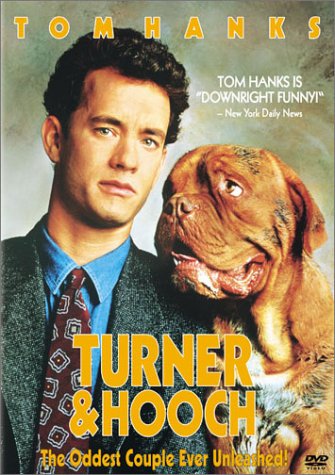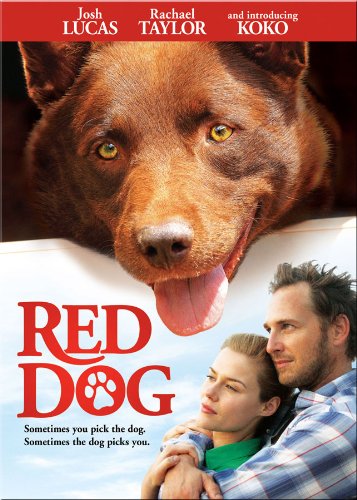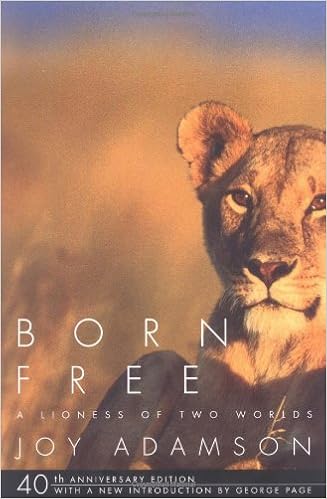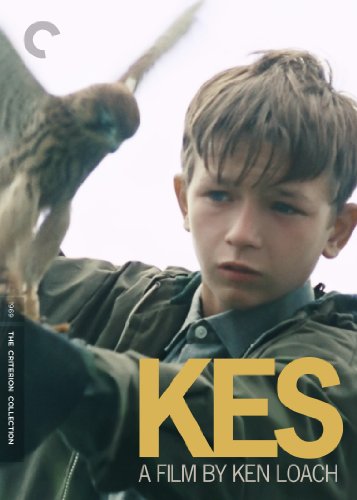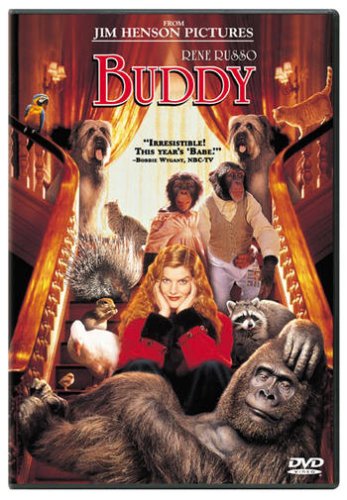When I first entered the Tzu Chi Hospital in Taipei, Taiwan, I felt as though I were entering a hotel. The entrance is wide, spacious and immaculately clean. There is no smell of medicine, no indication that this is a place for people who are ill. It is far more expensive looking than our own Asian Hospital.
Filipinos have a strong link to Tzu Chi’s hospitals (they have six in Taiwan), who twice separated conjoined twins in the Philippines as charity cases. The first twins, Lea and Rachel Awel, were born from aboriginal tenant farmers, Marieta and Andy Awel of Kalinga province, who earned P50 daily. The Awel income dove south as the twins required extra care.
Tzu Chi gave the twins first-class treatment, including a 60-member team of medical experts who studied the case details. The twins and their mother were then flown to Tzu Chi’s Hualien hospital for the operation.
The hospital purchased a state-of-the-art, ultrasonic wave knife for the operation to minimize blood loss, eliminating the need for blood transfusion. The operation took six hours. Today, the twins are young, adolescent girls living normal lives.
The second conjoined twins that Tzu Chi sponsored were Rose Carmel and Rose Carmelette Molit (Born October 2009). They were joined in the spine and shared 2.5 centimeters of entangled nerves. Their mother, Emile, is a high school teacher and their father, Salomeo, is a factory worker.
The operation required a team of 20 people and lasted seven hours. They remained in the hospital for three more months afterwards before they were deemed healthy enough to return to the Philippines.
Resembles a Five Star Hotel
All Tzu Chi hospitals are built according to the vision of its leader, Dharma Master Cheng Yen. She believes that people in hospitals shouldn’t feel like they’re sick, which is why it resembles a first class hotel more than a hospital.
As we walked through their Taipei hospital branch, we were told that everything is environmentally friendly. The air conditioner is continuously kept at a level that ensures the least carbon footprint. The building is designed so that no matter what floor you are in, you can hear the music of a grand piano, and even look over the rail to see who is playing the piano.
The ground floor also has a spacious prayer area and if there are chants, they are heard up to the highest floor of the hospital. It’s the same if there is a special speaker during services. Patients who wish to hear need only go to the lobby of the floor they are in, and they can enjoy the music or the teaching.
All eight floors of the hospital also has its own roof deck garden with trees, a pond, koi fish, rocks for turtles to climb on, benches, and areas of shade and others with sunshine. In this way, patients can get fresh air without having to go to the ground floor.
No one is turned away
Every hospital room also has a balcony to enable air conditioner savings and to facilitate safety when the windows are cleaned. Robin, a volunteer, said the patient’s comfort is primary until he or she is healthy and healed and ready to move on.
He added that Tzu Chi’s hospital had set a standard for other hospitals in Taipei to follow. The hospital also has a museum, the only vegetarian Starbucks in the world (because it uses soy instead of milk), and the largest vegetarian food court in Asia.
The Taipei branch is important for Tzu Chi’s local hospitals, since Taipei is an information center, enriching their health program and passing new studies to regional hospitals, so that they’re constantly updated on medical developments.
It is amazing to think that such a building caters to those who have less in life. Volunteer Robin said no one is turned away here, it’s for everybody regardless of creed, color and financial status.
Robin added that everyone in Taiwan has health insurance, but some hospitals don’t accept them because they know they will lose money. Tzu Chi is the hospital for people like these. Robin says the hospital is operating at a loss and is funded through donations.
Regularly the Taipei branch treats 4,000 outpatients and 1,000 admitted patients. They have a medical staff of 1,800 and average 200 volunteers daily. Tzu Chi has volunteers all over the world through TIMA (Tzu Chi International Association).
First Hospital
Tzu Chi built its first hospital in the late 70s in Hualien, where Dharma Cheng Yen lives. At the time, there were only clinics which turned away the poor. The Dharma envisioned a 500 bed hospital for the poor.
It was a risky venture, since they had no money and doctors preferred to work in the city. But funds were raised, and by the early 80s the hospital was built. In due time doctors joined the facility.
Organ and body donations
The hospital also focuses on organ and body donations. Robin said, “In a Buddhist country it’s hard to get body and organ donations, because they believe that when they die, their body should be whole for their next life.”
Dharma Cheng Yen teaches differently. She says that a body donation makes you a silent teacher. The students of Tzu Chi’s medical university are allowed to use the body for purposes of study.
The parents are present when their child’s body is donated in the presence of the medical students. This helps the students to acknowledge the life that once flowed within. They are told the name of the body and there are photos of the person displayed on the wall.
After the body has been studied, all organs are sewn back together, and the body is made whole again. All donated bodies are given a proper burial ceremony after the students have finished working on these “silent teachers”.




















